|
After a few days in forgettable Phuket, our plane lands roughly on the tarmac of Don Muang Airport, just north of Bangkok. Bumpy takeoffs and landings seem to be a theme with AirAsia, but when flights are just under twenty dollars, it’s tough to face the alternative slow bus crawl up the Thai peninsula. It’s almost midnight but the city is bustling as our taxi swiftly drops us off at our hotel on Sukhumvit Soi 11, a trendy expat area seemingly designed for tourists. We’d read that Bangkok comes alive at night, and make note of the action lining the streets. Open-air bars with mediocre bands and sub par sound systems, food vendors, and pushy local men hawking everything from Gucci handbags to young Thai women (the latter of which is on display everywhere) line the sidewalks. Massage parlors are open until midnight and bars and dance clubs are full of scantily-clad girls ready to entertain and make money off of much older (almost always foreign) men. The next morning, while grabbing a cup of coffee we overhear two older Australian men, probably in their 60’s, discussing their previous evening with hired women. “She initially kissed me on the cheek” one guy says, “It’s crazy but I really think we had a connection.” But for all its misgivings, we’re excited to be in Bangkok. With over eight million people (almost 13% of Thailand’s entire population) it’s the country’s political, economic, and cultural hub. Bangkok offers many of Thailand’s “bests.” It has the best food, best music, best art, and best shopping. Shopping, in particular, is serious business here. Within our first two days, we've walked past nearly ten shopping malls, many of which are massive. It’s part of Bangkok’s split personality, the new and fancy parading above the very old, traditional, and simple. We've seen this dichotomy of new versus old, modern versus traditional, in many other Southeast Asian cities, but Bangkok does it best, and on a much larger scale. In Bangkok the King is well, King. His image can be found all over Thailand, but his presence is even stronger in the capital. The Grand Palace, home to the Royal family from the late 18th to early 20th century, is a sprawling complex set against the Chao Phraya River. It’s Thailand’s most significant landmark, holding the Temple of the Emerald Buddha, made entirely of jade. Next door, the Reclining Buddha in Wat Pho attracts an overflow of tourists. Both landmarks are remarkable and we visit the outside of each, but after nearly three months in Asia we’re more appreciative of the mundane, everyday occurrences of a city. So instead of joining the thousands of tourists shuffling through the palace in the stifling Bangkok heat, we take a ten minute walk across a small canal to grab some iced coffee. The surroundings quickly shift from regal to real, as we wander through skinny streets and alleyways that seem more reminiscent of old Siam than modern Bangkok. A few blocks further into the heart of the city and shopping plazas begin to emerge as the BTS (Bangkok Train System) carries commuters overhead. After nearly four weeks in Thailand, we finally indulge in a $4 Thai massage (stalled due to a motorbike injury 10 days in). The experience is both awesome and painful at the same time. Multiple times throughout we exchange looks of fear that the massage therapist has likely dislocated a shoulder, knee or ankle. Thankfully we make it out unscathed, although when we’re still sore three days later, we question whether the massage made us feel better or worse. We spend the next few days on our routine long walks, exploring much of the city by foot and subway. But our favorite Bangkok moments take place in Lumpini Park on the last day of our Asia adventure. Although it’s no Central Park (which it’s often compared with), Lumpini is a beautiful green oasis in the middle of constant chaos. Best of all, it has a small lake with paddle boats shaped like swans, which we (of course) have to try. We paddle around the large lake and look up at the Bangkok skyline. We agree that after three months of traveling through all of Asia, we must be feeling a little worn out if our favorite city moment happens on a lake in a swan boat. Bangkok is more functional than any other place we’ve visited in Asia. The degree to which every possible human desire can be met is incredible. World class restaurants (including two of the world's 50 best restaurants), incredible street food, swanky condos, insane nightlife, sex (in pretty much every form), business, sports, parks...everything. But strangely, with all the modern amenities needed for a comfortable life, it seems much less endearing than so many other places in Asia. We decide that in order to truly understand all of the levels of Bangkok, a person would need much more than a few days. With no time to spare, we’re leaving Thailand the day our 30 day visa expires and are heading to Europe; Rome specifically. The second continent on our trip around the world. We’re looking forward to the familiarity, but also to exploring many new places together.
Thank you, Asia, for the insightful experience; for showing that graciousness transcends culture and language and for reminding us to be open, experimental, and humble.
1 Comment
A small island about 25 kilometers off the Andaman coast in Southern Thailand, Koh Phi Phi is one of the most beautiful places in the world, with calm blue waters and lush forested hills on either side. South of Phuket, west of Krabi, and north of Koh Lanta, the only to reach this little slice of paradise is by ferry. We arrive to Phi Phi on the 4th of July. It's a choppy hour and a half boat ride from Koh Lanta, but nothing we can’t handle after our previous boat adventures. Throughout our visit, thunderstorms roll in daily as strong winds bring nearly horizontal rains, threatening to take down the surrounding trees. On the morning we're set to leave, we wake up to the wind and rain in full force. Trying not to panic, we check online weather reports which are of no help. Each predicts storms and 20 mile per hour winds all day. Debating whether to catch the 9am or 2pm ferry, we look at the hourly forecast for clues. Finally we decide to head to the pier for the early ferry (maybe naively) assuming that, like Maui, the wind is stronger in the afternoon. On the way to town, our decision is rewarded as the wind dies down and the rain completely stops. By the time we board the 400 passenger Andaman Wave Master, we feel confident that the two hour ferry ride ahead of us will be uneventful. That feeling changes very quickly. With the upper levels of the boat already full, we find a seat on the lowest level (“steerage”) with small porthole windows at the water’s surface. As we move out of the protected bay and into the open ocean, the ferry starts to rock back and forth. Before we know it, the boat is colliding with 10 foot waves, water smashing against the tiny windows. Passengers begin screaming as the boat violently bobs from side to side and waves crash over the bow. Within five minutes, this has become the scariest boat ride either of us have ever taken. Sea sickness aside, we work on an exit plan. If the waves get any bigger and something goes wrong we’re not going to be trapped in the bottom of the boat. Unfortunately, a quick Google search earlier that morning has provided some disturbing background on ferries in and around Phuket. In fact, just two years ago a massive storm capsized a very similar ferry and destroyed dozens of other boats. In 2014, another ferry from Phi Phi to Phuket caught on fire, forcing the Thai Navy to save hundreds of passengers from the ocean. Mixed feelings about having done our research, we make our way to the center section near the back of the ferry, grasping on to the railings so as not to fall on the passengers beside us before climbing up the slippery stairs. As we reach the second level, we find that the suitcases and backpacks which were previously stacked in corners are now toppling to the ground. Taking turns sitting on a lone empty seat and nearby suitcase on the floor we hold on as the boat catches air and smashes into the ocean. It’s not long until people begin to throw up. First it’s the Australian girl sitting on the floor in front of us. Red plastic bag in hand, she doubles over with sickness. Next, a young Thai man two rows ahead starts to vomit violently. Before we know it, at least half the boat is losing their breakfast. The guy sitting in our row looks over at us in panic, before abruptly getting up and squeezing past, sprinting to the bathroom to hurl. We breathe deep, doing our best to ignore everything around us, clutching to the seat in front, hoping the boat doesn’t capsize. Due to the tumultuous seas, the boat is taking even longer than normal to make the trip from Phi Phi to Phuket. Just over an hour and a half in, and we’re barely halfway there. By this time, the air conditioning has stopped working and the entire ferry smells like vomit. Bags of throw up are strewn all over the floor as the boat continues to smash into each wave it faces, threatening its seaworthyness. A few feet to our left something starts to fall to the floor. By the time we realize what it is, the throw up has covered four suitcases and the entire landing area at the top of the stairs. The man, looking a terrible shade of green, staggers to the bathroom.
We’re not sure it could get any worse. Trying desperately not to throw up like the rest of the passengers, and mentally preparing for an emergency evacuation, we agree that this is the definition of a nightmare. We inch closer and closer to Phuket, looking at one another, trying to block out the chaos surrounding us. About fifteen minutes further and the waves finally start to diminish, providing a small sense of relief. After almost two and a half hours on this horrific excursion, and we finally see land. As we get closer to the Phuket harbor, we pull our packs (free of puke, thankfully) from the pile of suitcases and head toward the back deck hoping to be the first people off the boat. Happy to be safe, on land, somehow (thank you Dramamine) avoiding seasickness, we make a vow to avoid ferries for a long, long, loooooong time. We’ve all seen photos of the Thai islands. Perfectly manicured white sand fronted by traditional longtail boats floating atop glassy turquoise water, giant limestone cliffs in the distance. It’s the definition of paradise. Strategically waiting to visit Thailand’s Andaman islands for the end of our trip around Asia, we’re looking forward to some serious relaxation, especially after our northern Thailand adventure. We wave goodbye to our Chiang Mai friends and take the two hour flight south to Krabi armed with pale skin and fantasies of living in a tiny beach bungalow for weeks on end. A quick night in Krabi Town before we take a minibus (that boards a car ferry twice during the three hour drive) to the large island of Koh Lanta. We've read that Lanta offers the perfect combination of a small, relaxed beach town, beautiful long beaches and decent restaurants and bars for a "wild" 30-something night out. It sounds ideal. We drive through a small, sleepy town before arriving at our hotel. Walking quietly past the new swimming pool, toward the coconut tree grove, we reach our bungalow. Instantly our Thailand beach fantasy is a reality. The bungalow has a thatched roof and sits on stilts, 12 feet off the ground. Not much help in the event of a tsunami, but enough shade for a hammock below. Throwing on our swimsuits, we carefully run (still paranoid about venomous snakes on the ground) through the coconut trees toward the beach. The appropriately named Long Beach is one of Koh Lanta's crown jewels. It spans five kilometers and has all the ingredients of paradise: white sand, blue water and tall pine tree groves with small beach bars lining the forest’s edge. It’s Lanta’s most popular beach. However, when we reach the sand, we’re faced with a very different scene. We’re two of only about a dozen people on the 5 kilometer stretch of beach. Every one of the beach bars is closed and seemingly abandoned, the calm turquoise water is actually a tumultuous ocean and the sand is dotted all over with piles of trash. In that moment, we’re introduced to the reality of the Thai islands during low season. One of the sisters who owns our hotel later explains that the trash on the beach isn’t cleaned up until the fall, when most of the tourists begin to arrive. Instead, plastic water bottles, styrofoam containers and food wrappers are pushed in and out of the ocean with every tide for months out of the year. In addition to the dirty beaches, many of the stores and restaurants in the small towns that line the coast are closed until the fall, greatly limiting the options for our challenging vegetarian and and peanut free diets. With an empathetic but ‘this is how it is’ look, she suggests that we visit again during the wintertime. A “much different experience,” she says. Uh, yea. We spend the next three days embracing the quiet, going back and forth between the swimming pool and our cozy bungalow. But it’s still disappointing knowing that we’re getting the abandoned post zombie apocalypse-like version of Koh Lanta instead of the tropical paradise version we had envisioned. So, we pack our bags and head to Koh Phi Phi, one of the most popular islands in Thailand that is sure to include (open) restaurants and some sign of human civilization. Phi Phi is much closer to our naive stereotype of a Thai island. Two bays on either side of the bow-tie shaped island result in calm, clear turquoise water. Longtail boats sputter in and out of the bay to nearby Phi Phi Le, made famous by the 2000 Leonardo DiCaprio movie “The Beach.” With no cars, Koh Phi Phi consists of narrow paths lined with tourist shops, massage parlors, (open!) restaurants, and bars. A lot of bars. We park at the beach and take inventory of our fellow tourists. Most are western and under 30. Ah ha. It’s a (rather pricey version of a) backpacker scene. After traveling Southeast Asia for three months, we can spot this group of carefree and crazy nomads in a second. As the tide goes out and the sun casts a golden glow on the sand, we’re struck by the beauty of the scenery. Finally, paradise found. For a minute anyway. With nightfall comes a raucous bar scene, perfectly executed for the backpacker clientele. Buckets of cocktails that include a soda, a whole bottle of cheap Thai whiskey or rum, and a red bull, emerge along the street’s edge. Bars with huge beer pong tables, bumping bass and Thai boxing rings replace the serene island vibe from just a few hours before. Baby monkeys (that we later learn are drugged) are dressed in doll clothes and used as props for tourist photos. A twenty-something girl squeals as the monkey sits on her head, clearly not thinking about what it is she’s supporting by paying for her new Facebook profile picture. It’s not our scene, but more so, not a strong representation of Thailand and Thai culture. It finally starts to look like the rainy season as monsoon rains roll through the island every few hours for the next few days. With a hotel perched on the hillside, it’s spectacular to watch the storm clouds move in, sheets of rain hitting the windows as macaques scamper back into the jungle. On our last night, we join our backpacker friends at a bar and listen to a very talented acoustic band playing American covers, waking up the next day to the harsh reality that we’re not 22 anymore. After a near-death ferry ride (more on that in our next blog post), we make it to the island of Phuket and Kata Beach. Phuket itself, is pretty terrible. Busy main roads shuffle tourists to and from overpriced restaurants, while young girls offer “massaaaage” from every corner. The beaches are beautiful, but the off-season waves are tumultuous and the weather is stormy, so we take some time for trip planning and work.
As we sit in our empty hotel, we draw the conclusion that “paradise” is always flawed in some way. How can it not be when it’s an ideal that we’ve developed in our minds. But the flaws of expectations are just half of the beauty of travel. For every disappointment, there are also a dozen unexpected, incredible discoveries.
The Mae Hong Son loop is incredible and awful at the same time. Gorgeous valleys carved into massive mountains and the dense jungle of northern Thailand around every curve. But picking myself up off the ground after a motorbike crash at 60 kilometers per hour, just a few feet away from a monocled cobra, not so idyllic.
Day two starts with a quick breakfast, then the open road. We're getting the hang of this and are starting to feel confident. After 100 kilometers we stop in a small town for coffee, before continuing on through some of the most incredible scenery we've ever experienced. Thick jungle surrounds the well paved road and we really hit our stride. Cruising along at high speeds, all is well in the world. But in an instant, everything changes. What happens next is my best memory of a surreal few minutes.
Megan in front, me riding only a few bike lengths behind, a large snake slithers into the road, then stops. I can't see what's happening in front of her, but hear Megan scream, brake hard, then manage to squeeze through a small gap on the left shoulder of the road. As she turns, I see what's in front. Over six feet long and stretching the width of the entire lane, the snake comes into view. Without time to think I instinctively grab the brakes and try to veer a little left. With only a rear brake, the bike locks up and I start to slide. Having slowed down some already, I hit the ground with the bike somewhere around 60 kilometers per hour, just in front of the snake. Sliding down the road, backpack and sunglasses launched from the front basket, I finally come to a stop. I’m bloodied and seriously dazed, but quickly remember what caused the crash and jump to my feet to avoid the massive snake just a few feet away. I pick up the bike, engine still humming and roll it off the road as the disinterested snake slithers quickly into the jungle. Megan runs over and we take inventory. My right knee and ankle have some deep scrapes, leg and hip are bruised, left rib hurts, hands and shoulder have some gnarly road rash, and helmet is scraped up, but everything else is intact. This is the point where the Mae Hong Son loop really sucks. Everything else is absolutely beautiful, but the reality of being deep in the Thai jungle isn't always as great as it sounds. With nothing else to do but push forward, we get back on the bikes for the 50 kilometers left to Mae Hong Son. Less than 10 minutes in and it starts to pour. We pull on our plastic ponchos, mine sticks to the wounds on my elbow and arm, splashes of blood against the clear blue rain cover. In an hour we've made it to Mae Hong Son, soaked, tired, and bloody. A quick stop to the pharmacy for bandages, antibacterial ointment, and ibuprofen before arriving at our countryside guesthouse. The people there are welcoming and helpful, giving us extra bananas and water, some homegrown mangoes, betadine for the road rash, and some questionable Thai painkillers. That evening, exhausted and seriously scraped up, we sit in front of our laptop, typing "large, black snake northern Thailand" into Google search. We learn that there are only so many species that reach two meters or more (it covered the width of the lane) and even fewer that are active during the daytime. Our process of elimination, compared with cross referencing creepy photos, tells us that our snake must have been a cobra. Worse yet, the fact that we saw it during the day (not very common, evidently), means that it was very likely a monocled cobra, the poisonous snake with the highest fatality rate in Thailand. Still, we agree that we have no idea what we're talking about and can't trust everything we read on the Internet. That is until breakfast, when we tell the story of the "large black snake" to our guesthouse owner and she casually, without a second thought, replies "cobra."
We read up plenty on the loop. Most say it is amazing, beautiful. A few warn of the dangers of riding a motorbike over 600 kilometers through the twisting mountain roads, far from any major cities and very close to the Myanmar border. But those folks seem far from adventurous. Rather than being overly cautious, we've set out to really experience the places we visit, and the independence of riding a motorbike on the open road is impossible to resist.
We stop by a recommended rental shop on our second day and decide that the 125cc semi-automatic Honda is best suited for tackling the tight turns and steep inclines to come. A few days later, picking up the bikes and getting in some practice within the city limits, we're ready to take off. Strapping one pack on one of the bikes and leaving the other behind at our hotel, we ride through the city streets, south past the airport and the Chiang Mai suburbs, until we reach the turn off for Mae Hong Son. The scenery changes drastically as flat land turns into green hills. The road follows a muddy river and the exhilaration of going 80+ kilometers per hour on a small motorbike takes over. A total of 200 kilometers on the first day, through an afternoon rain shower, before we arrive in the quaint town of Mae Sariang in the early evening. We find our guest house, get some dinner, and call it a night.
The next day we cover another 100+ kilometers to Pai, enjoying the insanely beautiful scenery that once again surrounds us. I am incredibly sore but bandaged and determined. Besides a few precarious looking pieces of tangled rope in the road and an abnormally large lizard, we make it through happy and unscathed.
Pai is a cool little town in a big valley, straddled by mountains, and full of backpackers. It's scenic and there are plenty of places to stay, eat, and drink, but the plethora of foreigners means it lacks the same “authentic” appeal as other towns nearby. After two nights in Pai we make the final, treacherous, ride back to Chiang Mai, once again through hundreds of mountainous curves in the pouring rain. The Mae Hong Son loop, all 600 kilometers of it, is the most beautiful, awesome, and simultaneously terrible thing we've done since we started this trip. The first day and a half was better than our epic experiences in both Halong Bay and the Angkor temples. Then in one second, everything changed. But all in all, it's an experience we would never take back. We had planned to head to Laos next, but have decided to save it for our next Asia trip (we've had enough mountains and jungle for now). Instead we're flying down to the Thai islands - Koh Lanta, Koh Phi Phi and Phuket - for some much-needed R&R.
*Above, right: A trip to a nearby hospital in Chiang Mai 5 days after the crash when my foot had swollen due to infection. Nothing penicillin and a tetanus shot can't take care of (all for under $30)
**Below: The Mae Hong Son Loop, including the crash site |
Cohica TravelA travel design agency. Categories
All
Archives
October 2023
Follow us on Instagram @CohicaTravel
|

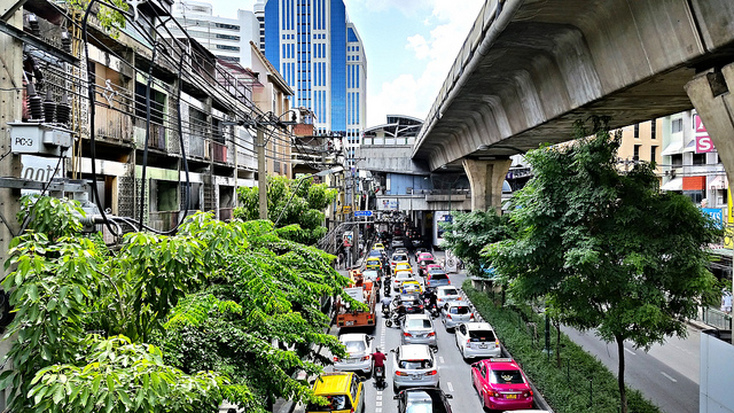
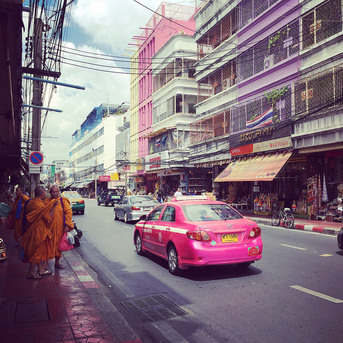
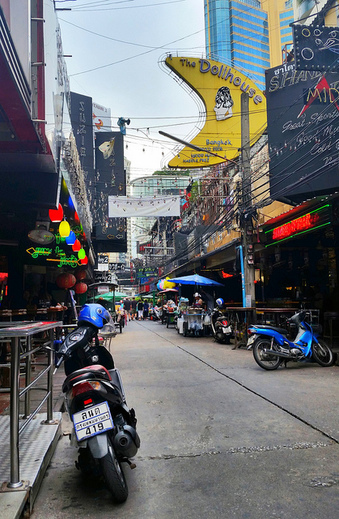

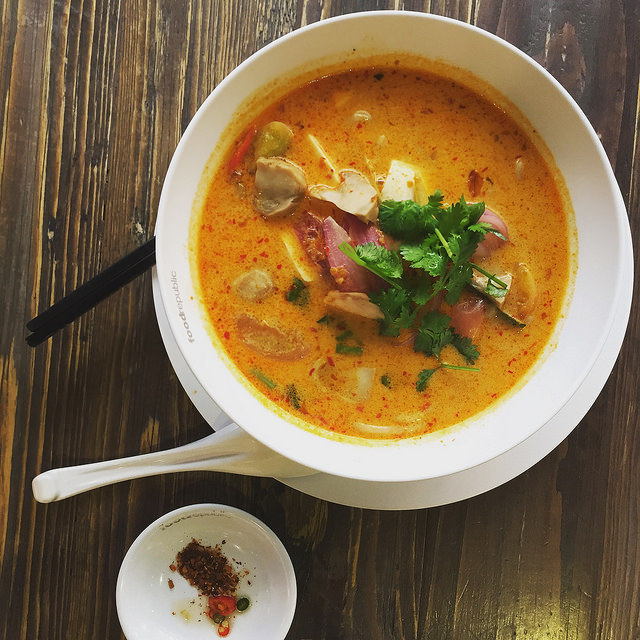
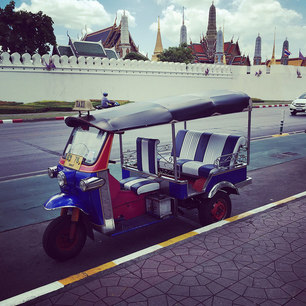
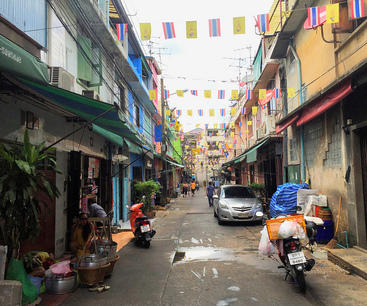
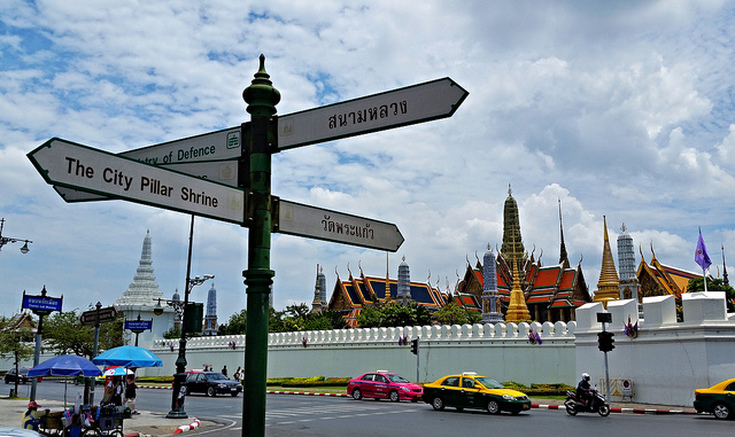
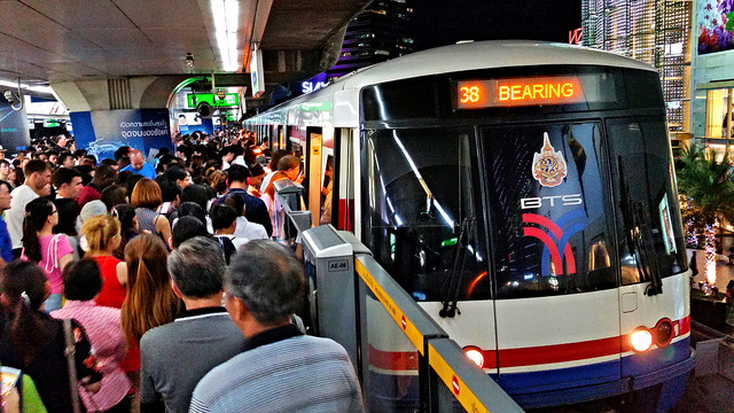
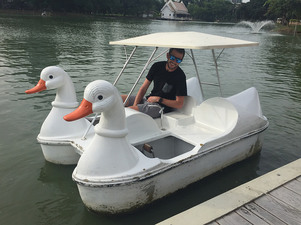
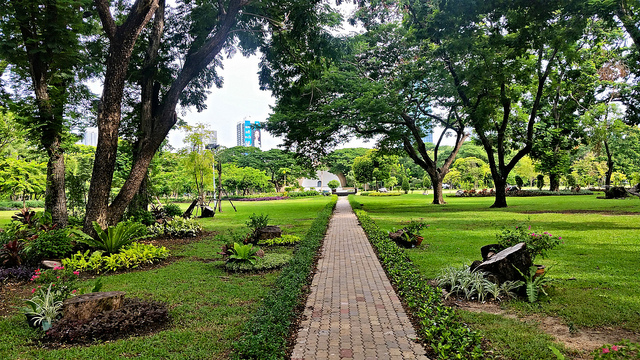
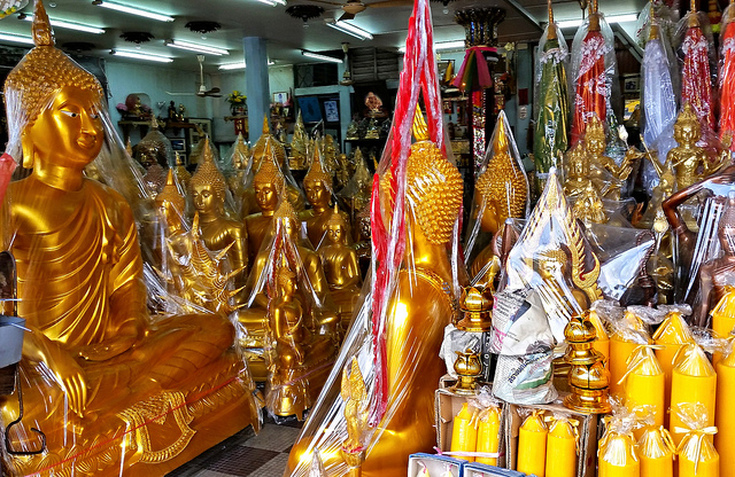
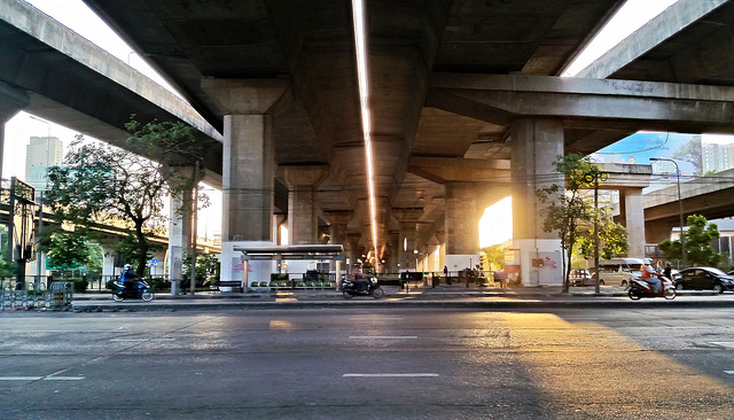
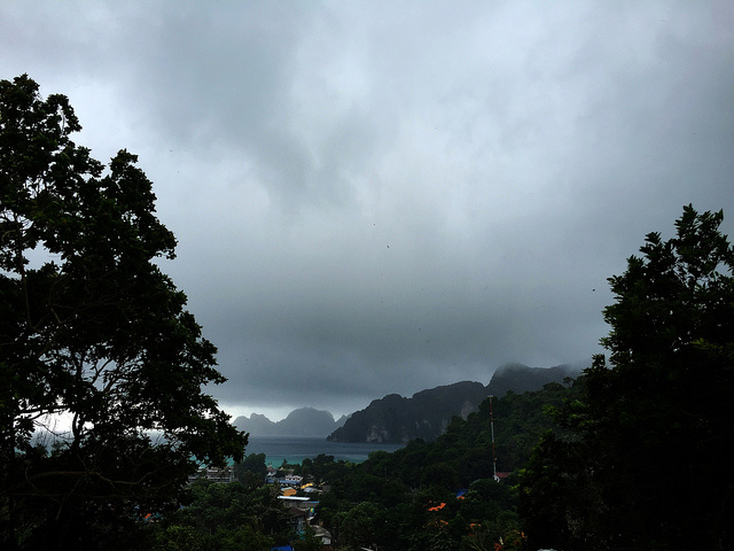
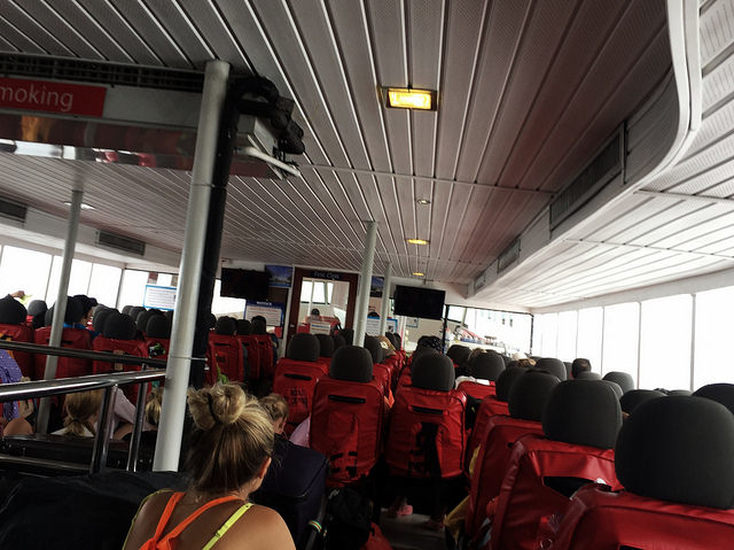

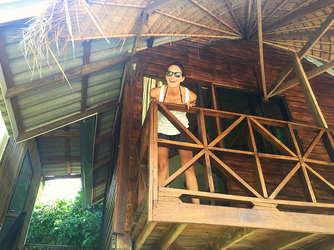
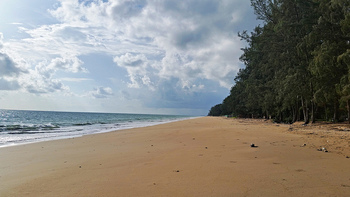
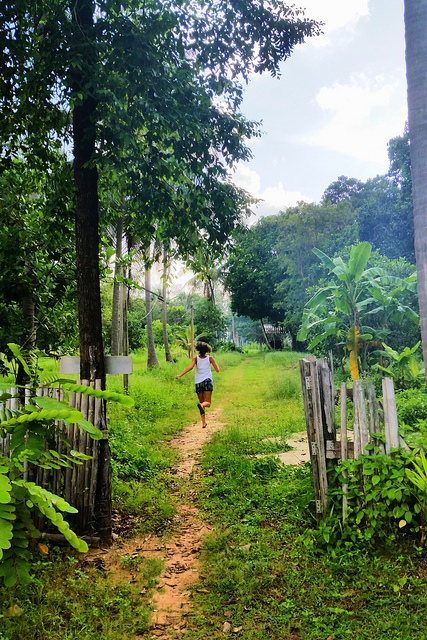
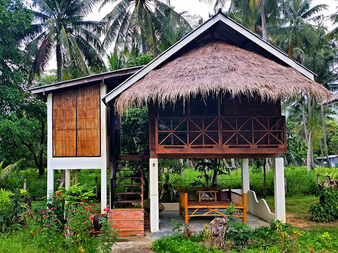
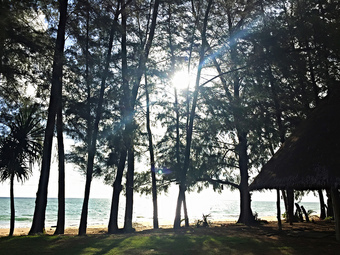
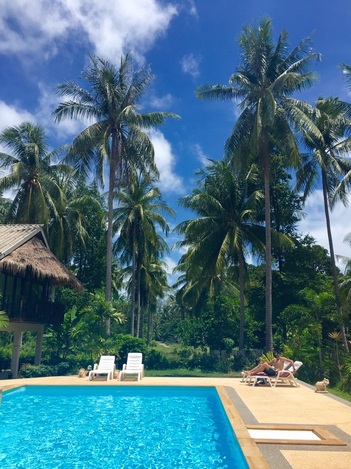
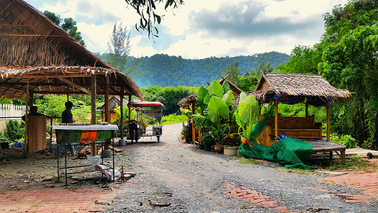
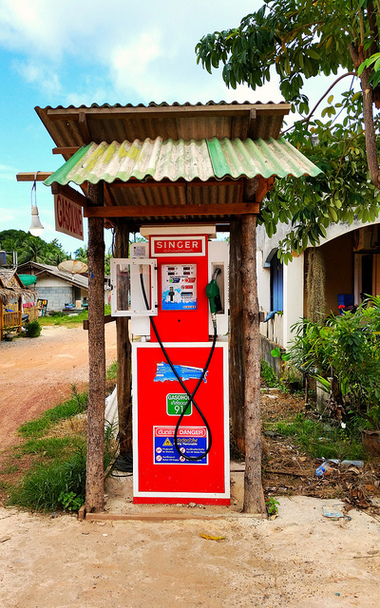
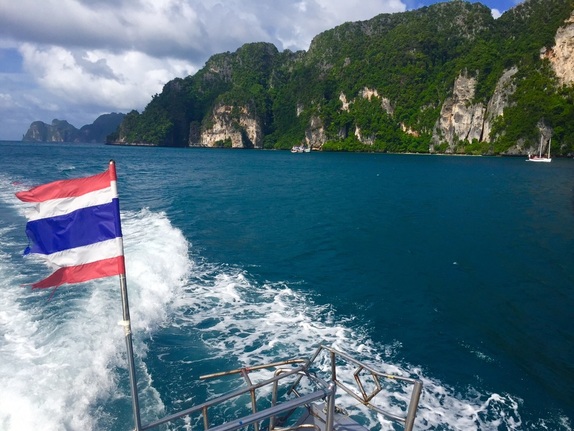
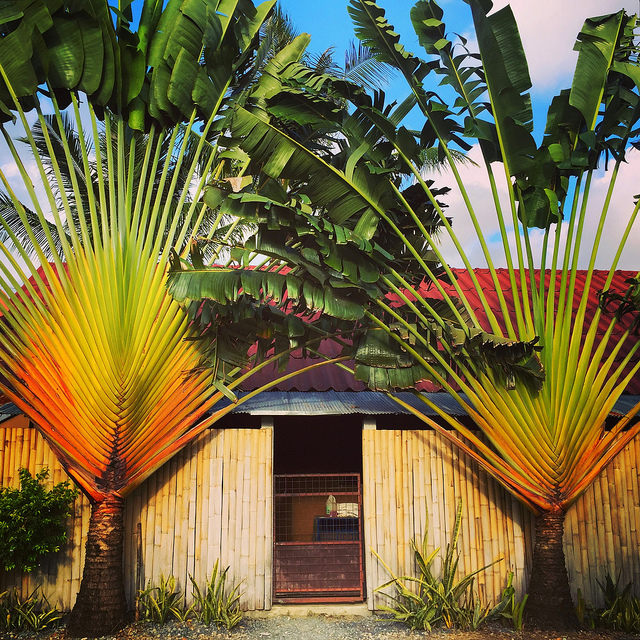
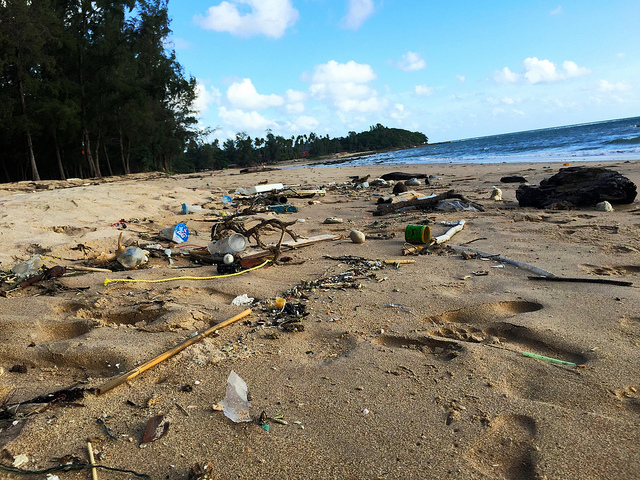
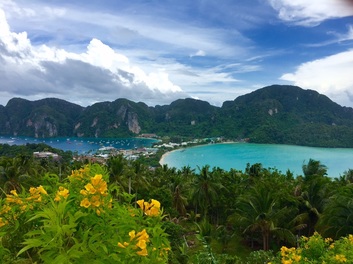
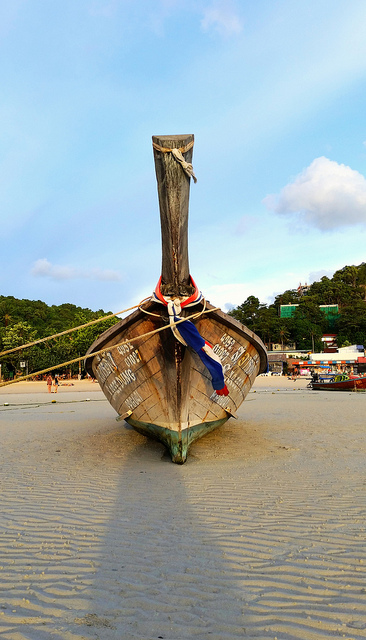
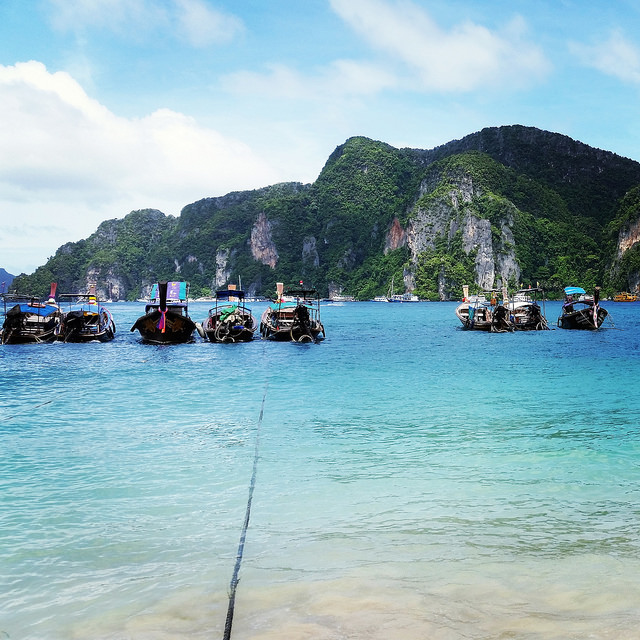
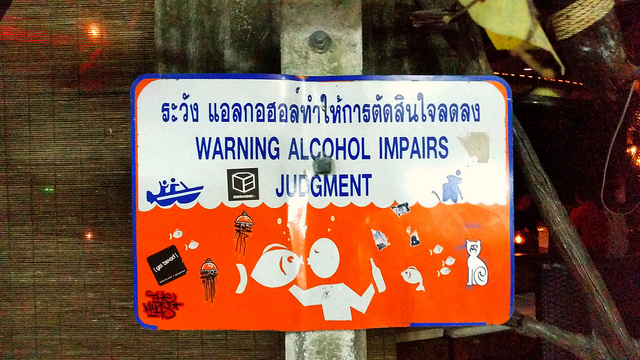
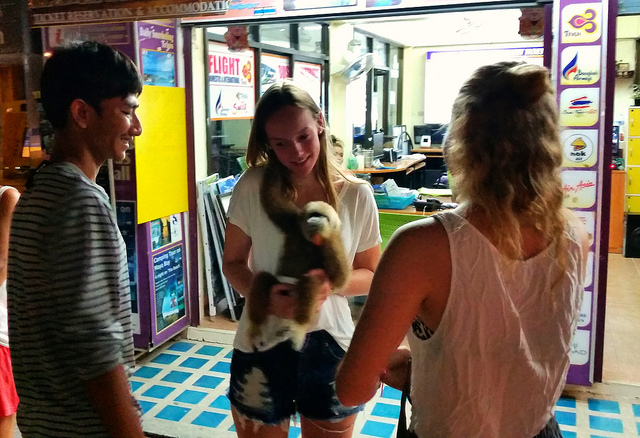
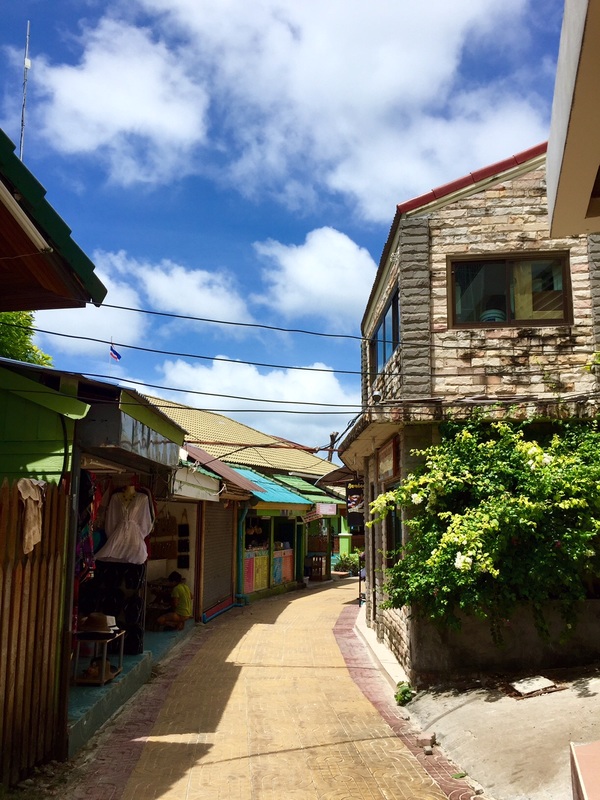
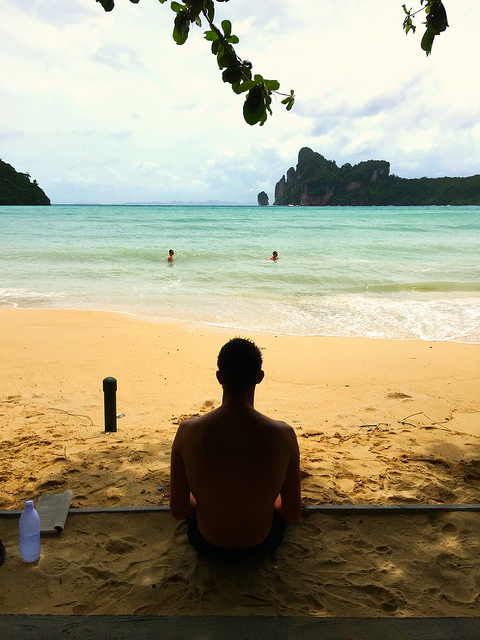
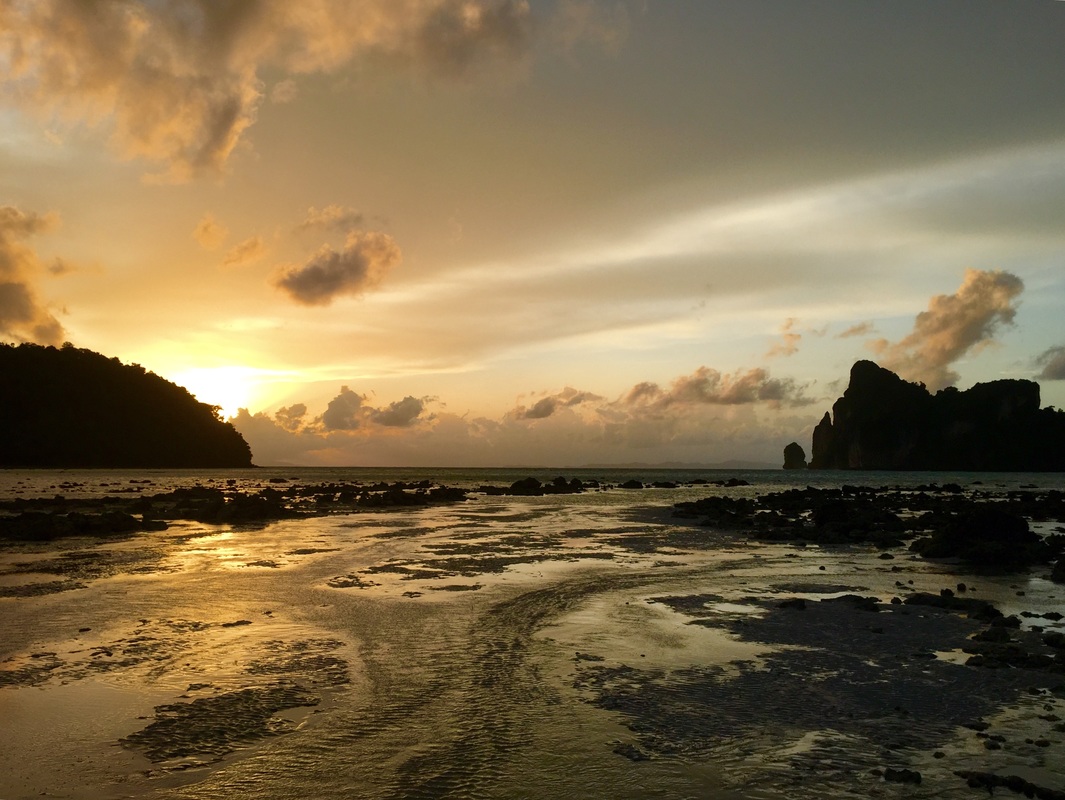
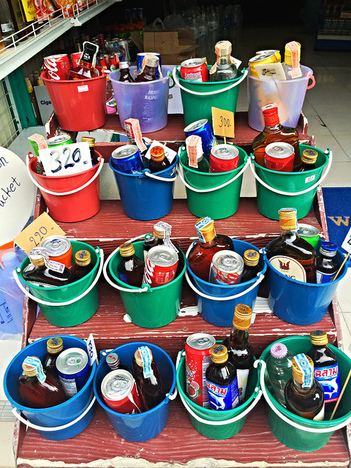
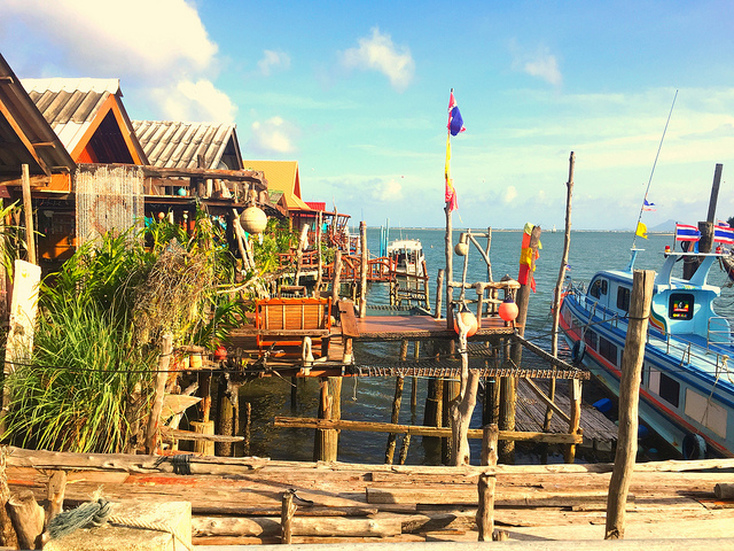
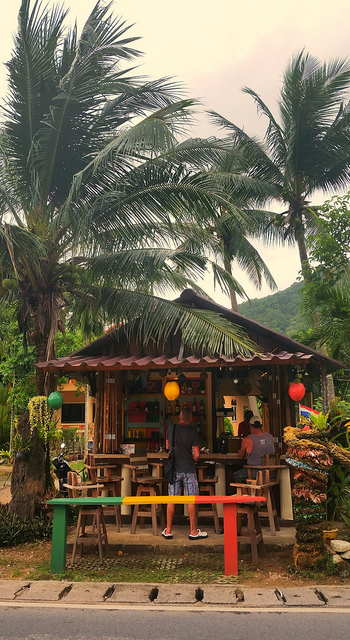
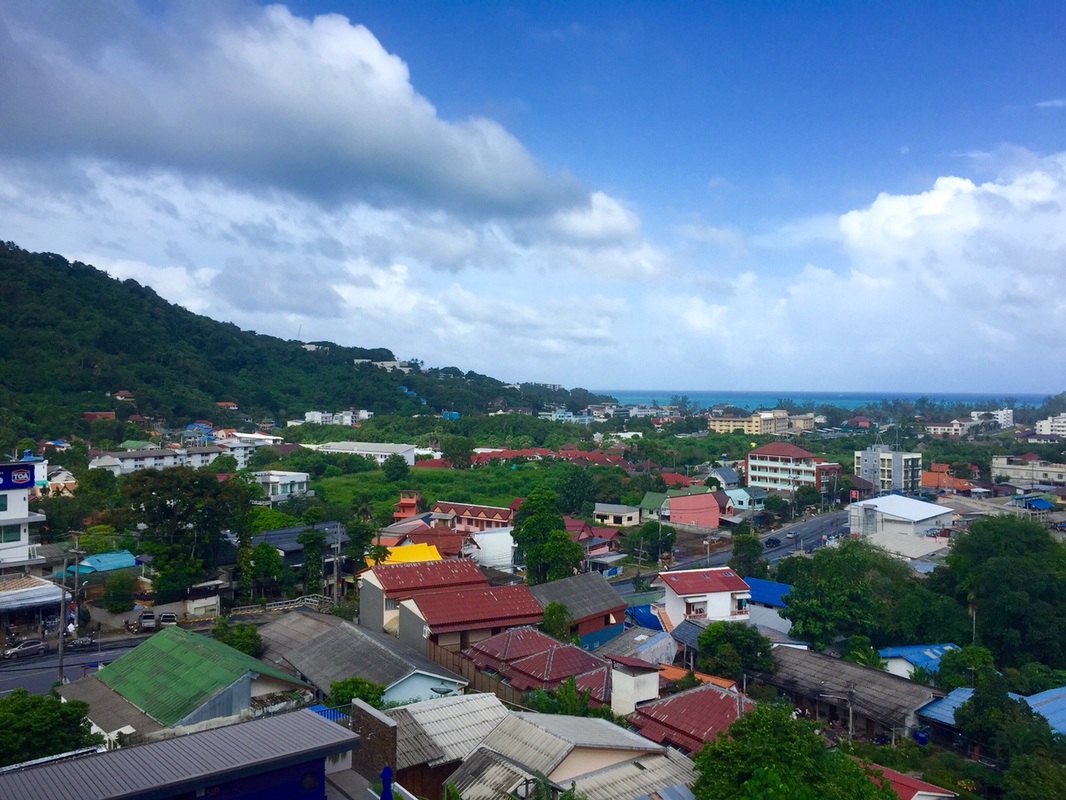
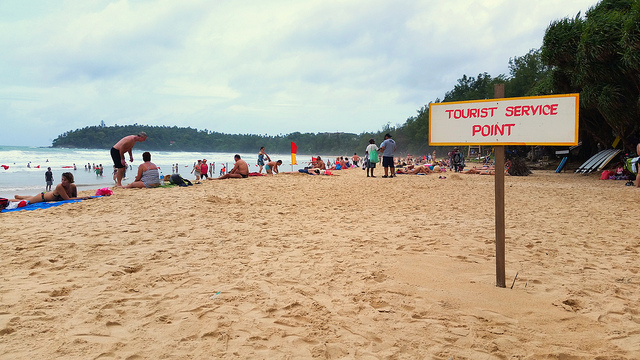
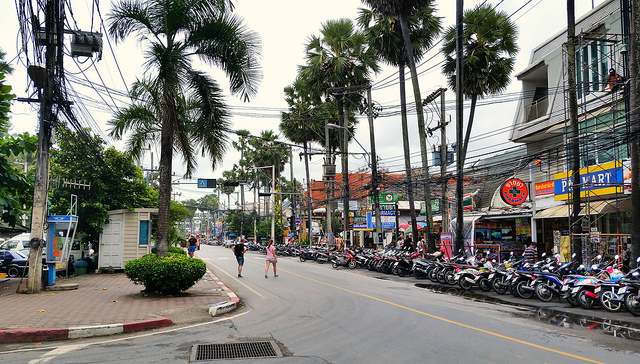
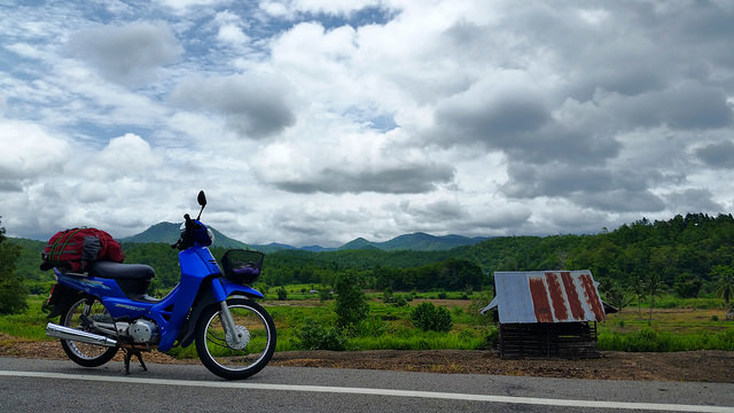
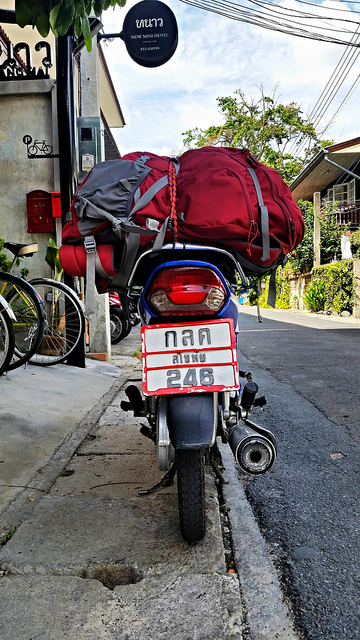
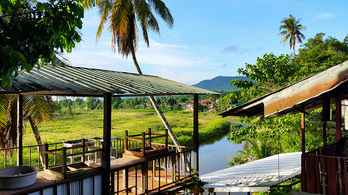
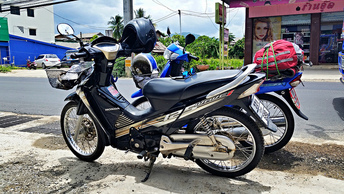
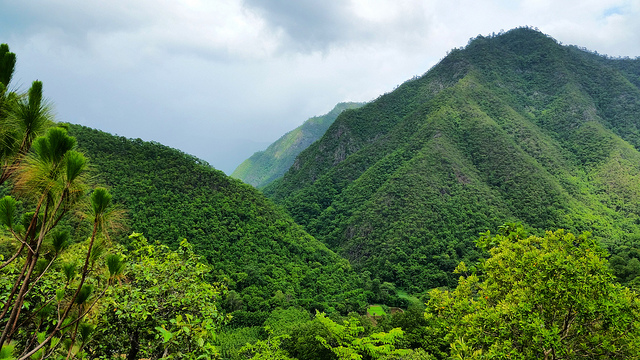
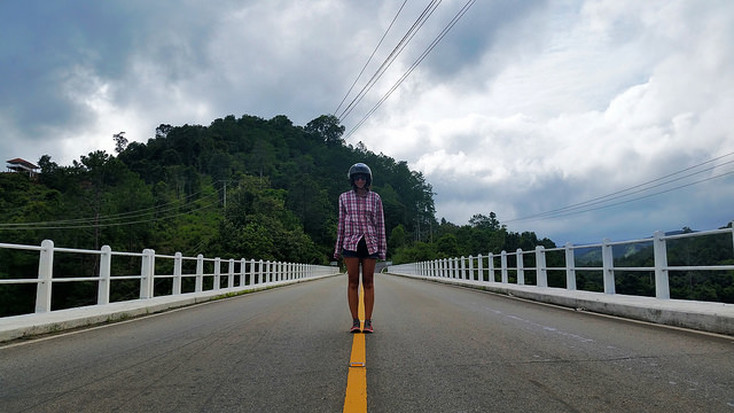
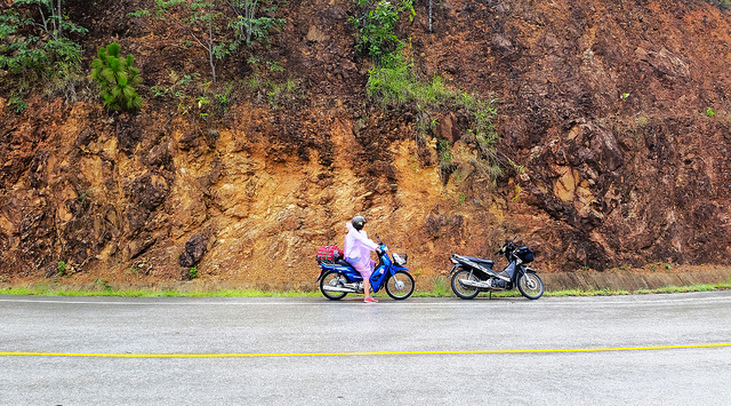
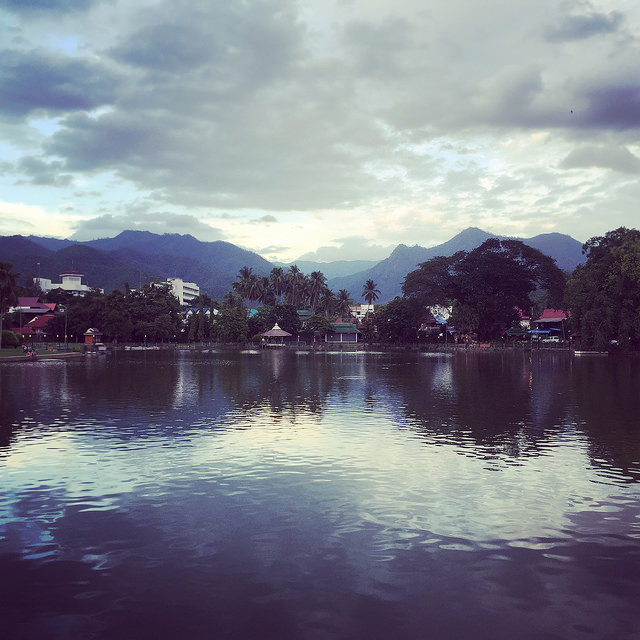
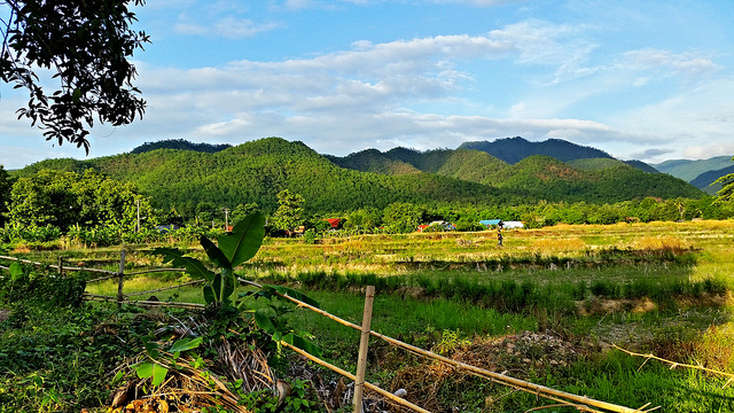
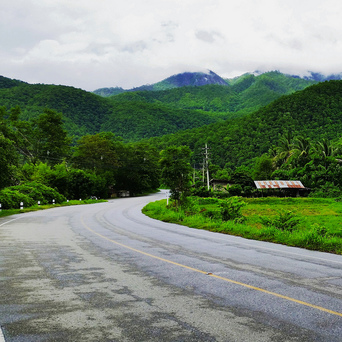
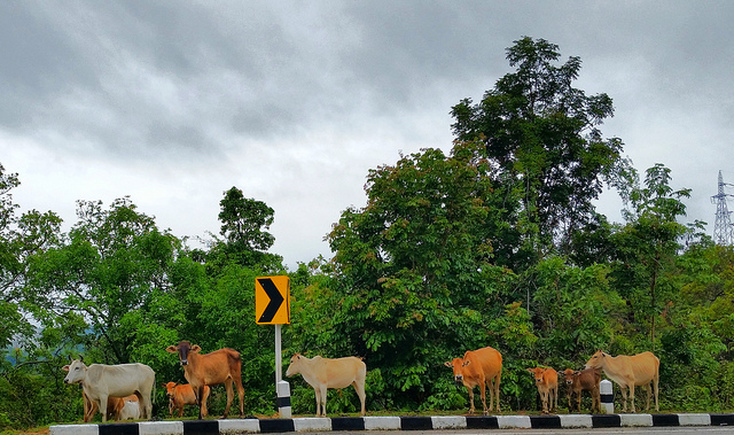
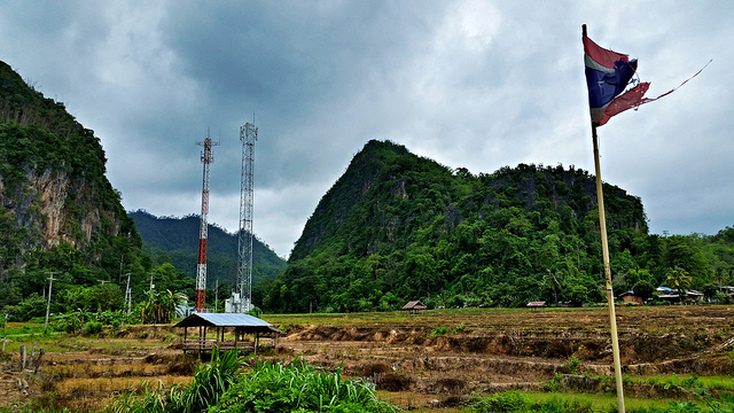
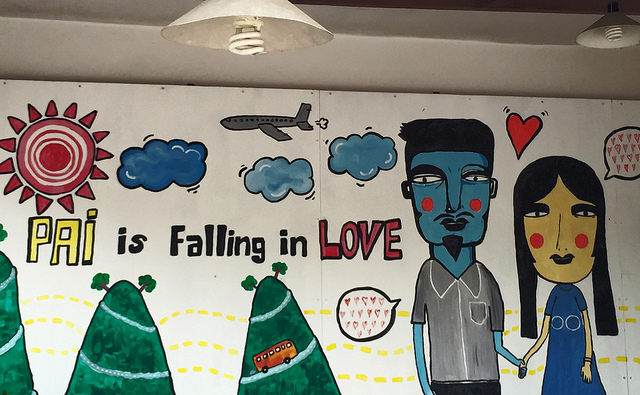

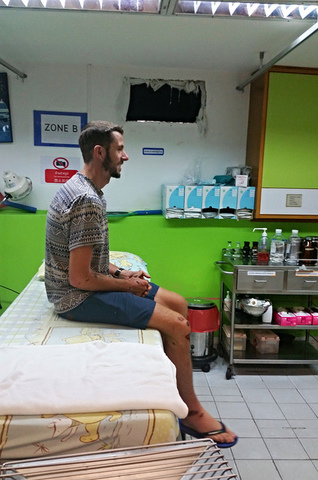
 RSS Feed
RSS Feed
